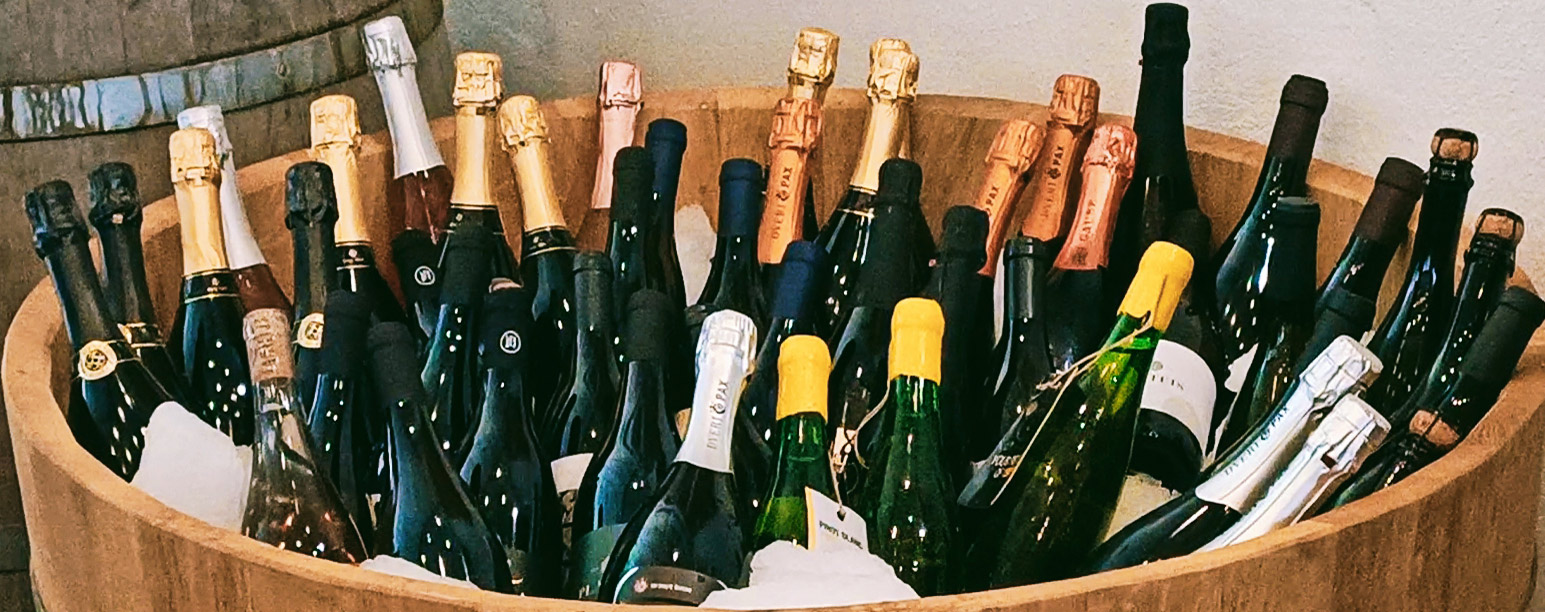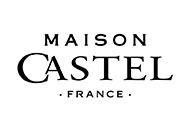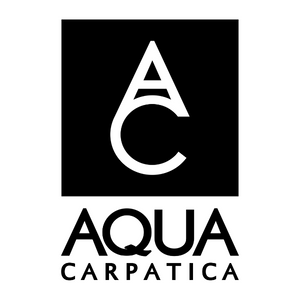Consumers love sparkling wine – and market data shows they are looking to explore new styles that go far beyond Champagne.
While the global wine industry is struggling, sparkling wines are a consistent bright spot. Take, for example, data from the US. Here, sparkling wine recorded an impressive volume CAGR of +6% from 2017 to 2022, compared to a CAGR decline for total wine of -1%, according to the IWSR.
That means sparkling wine now accounts for 12% of the total wine category: up from 8% in 2017. And this figure is forecast to continue to grow.
But the exciting part of the category is not about Champagne: a category that’s seen volume declines as consumers trade down to more affordable options. Data from the Comite Champagne (CIVC) shows shipments of Champagne were down 8.2% in 2023 and down 15.2% in the first half of 2024. Champagne woes are a trend recently confirmed by one of the most prestigious producers, LVMH, which saw a 3% drop in share prices last month after reporting disappointing sales growth over the second quarter, mainly due to falling demand in China.
Consumers are increasingly aware they have cheaper – and arguably equally good – options to choose from.
They also appear to be thirsty for something new. According to the IWSR, almost half (45%) of drinkers want to try new sparkling wines, rather than sticking to what they know.
That’s an exciting opportunity for an industry that is often accused of being slow to move with the times and appeal to younger generations.
So where are the opportunities?
In France there are several alternative sparkling wines that could benefit from this trend:- Crémant – which is produced in the same way as Champagne but not in the region – giving rise to a version that is very similar but often cheaper.
- Mousseux covers wines that aren’t Crémant or Champagne.
- Blanquette de Limoux comes specifically from the south.
In the UK, English sparkling wine has seen a surge in popularity as the country starts to make in-roads as a wine-producing nation. In fact, 8.3 million bottles were produced in 2022.
My colleague from Canopy, Chris Boiling, has witnessed the rise in good quality, excellent value sparkling wines from Slovenia (main photo) and Hungary. Each of these alternatives to Champagne bring their own touch of glitz, glamour and exotic vibes to the wine table.
But probably the biggest winner is likely to be Italy – producer of a diverse range of sparkling wines (Prosecco, Franciacorta, Asti Spumanti, and Lambrusco).
Italian sparkling wines enjoyed a volume CAGR of +10% from 2017 to 2022 in the US. This was led, of course, by Prosecco which appears to be maintaining its forward momentum. That’s thanks to its increasingly diverse range – from affordable to luxury options, from cloudy to pink. In the US, the consumers who reported drinking Prosecco increased from one-third in 2019 to 42% in 2023. Prosecco also benefits from its use within the trending Aperol Spritz cocktail.
But there’s another trend highlighted in the data which appears to be benefiting the more casual style of sparkling wine…
Prosecco for young men
It’s no surprise to hear that the sparkling wine category is being driven by the younger demographic: with younger consumers being more enthusiastic about trying new styles.But what’s interesting is that the category has witnessed a demographic shift over the past few years: with younger adult men now spearheading deeper engagement with the category, according to the IWSR.
In fact, some 54% of men aged 35-54 classify themselves as ‘wine explorers’ who enjoy trying new or different styles of sparkling wine on a regular basis. That’s because they’re prepared to spend more, drink more often and explore more styles.
Sparkling wine – and particularly Champagne – was once about celebrations. Now, it’s seen as increasingly suitable for casual gatherings and everyday drinking occasions.
Three in 10 sparkling wine consumers now consider it suitable for a relaxing drink at the end of the day at home, up from 23% in 2019, according to the IWSR.
The rise of the brunch occasion and the popularity of its accompanying classic – mimosas – are also helping sparkling wine go beyond weddings, birthdays and celebrations.
Other interesting trends
Sparkling red wines: there is growing interest in this category with Lambrusco, the sparkling red wine from Italy’s Emilia-Romagna region, seeing a revival. Sparkling Shiraz from Australia could also benefit from this trend.Semi-sparkling wines: Pét-nats, frizzantes and wines made using the ancestral method could also see an uptick in sales. This category has been rising in popularity in the UK, where it’s identified as a key wine trend by retailer M&S. The lighter bubbles and lower alcohol content play into wider trends. Spritzig, the lightly sparkling German wine, could become more widely known as a result.
A slightly different version of this article first appeared in our sister newsletter BeverageDaily.

 English
English French
French



.png)


.png)





